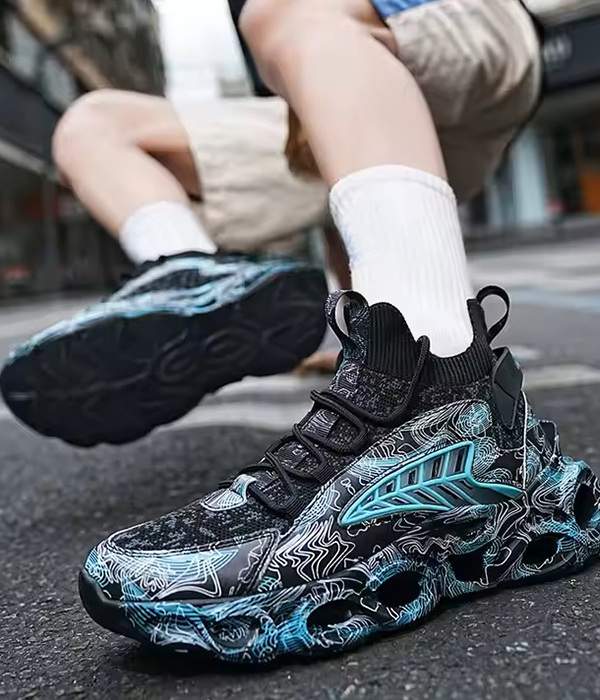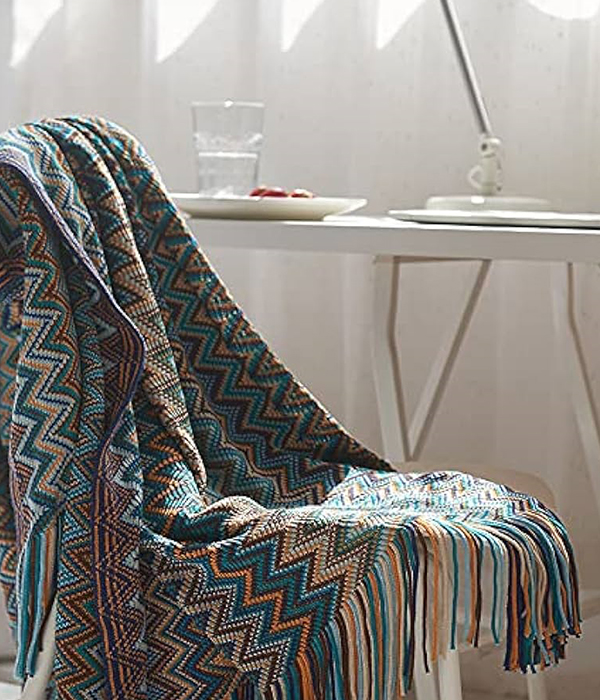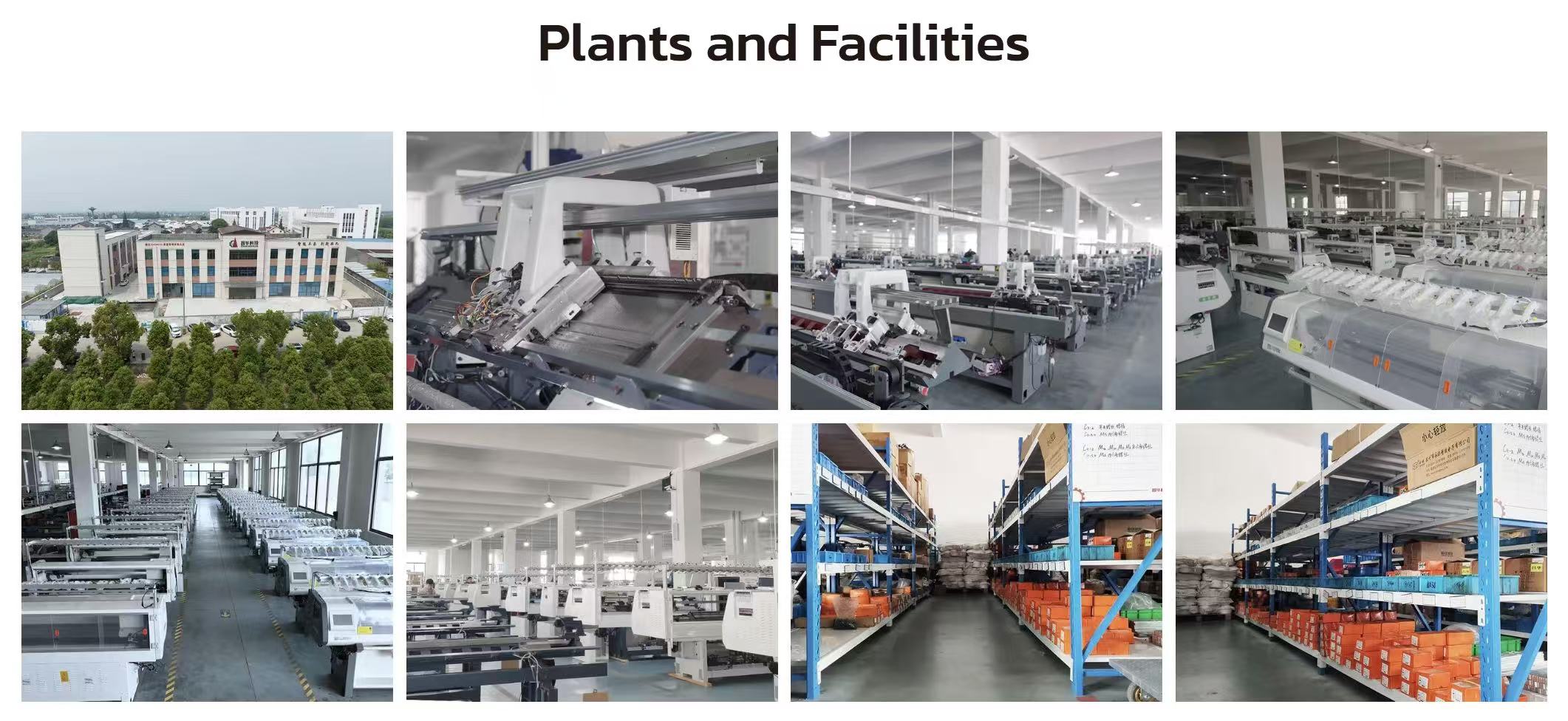In today's textile industry, energy efficiency and sustainability are no longer optional—they're critical for staying competitive and compliant with environmental regulations. Knitting machines, a cornerstone of textile production, are pivotal in achieving sustainable production goals. By optimizing equipment and adopting energy-saving practices, manufacturers can reduce energy consumption by up to 15%, cut operational costs, and align with global environmental policies. This guide explores how to achieve these savings, with a focus on leveraging Changhua's high-efficiency, low-consumption knitting machines to meet modern enterprise demands.You can download our comprehensive PDF guide on the  Changhua flat knitting machine.pdf and
Changhua flat knitting machine.pdf and  one stop programmes.pptx to help you make an informed decision.
one stop programmes.pptx to help you make an informed decision.
What Are Knitting Machines?
Knitting machines create fabric by interlooping yarns, producing everything from apparel to technical textiles. Unlike weaving, which requires multiple looms and higher energy inputs, knitting machines can produce a complete piece of fabric with a single unit, making them inherently more energy-efficient. Hand knitting, while zero-waste, is labor-intensive and impractical for large-scale production. Machine knitting bridges the gap, offering scalability, precision, and sustainability.
Applications of Knitting Machines
 Fashion and Apparel
Fashion and Apparel Producing sweaters, dresses, and seamless garments like athleisure wear.

Footwear
Creating knitted shoe uppers for brands prioritizing sustainability, such as Nike and Adidas.

Technical Textiles
Manufacturing medical textiles, automotive fabrics, and even carbon fiber-reinforced components for aerospace.

Home Textiles
Crafting curtains, upholstery, and bedding with minimal waste.
Why Energy Efficiency Matters in Knitting
Environmental Impact
The textile industry is under scrutiny for its environmental footprint. According to a European Union report, clothing and textiles are key sectors for reducing environmental impact. Knitting, particularly seamless and 3D knitting, reduces waste and emissions compared to traditional cut-and-sew methods. However, energy consumption during machine operation remains a challenge. By adopting energy-efficient practices, manufacturers can lower their carbon footprint and comply with stringent environmental policies.
Economic Benefits
Energy costs are a major expense in textile manufacturing. A study by Karl Mayer found that warp knitting machines consume significantly less electricity than weaving machines—up to 0.57 kWh/m² less for certain fabrics. Reducing energy use by 15% can translate to thousands of dollars in savings annually, especially in regions with high electricity costs like India, where switching to energy-efficient knitting could save $8,000 per day for a factory with 400 machines.
Regulatory Compliance
Global environmental policies, such as the EU’s clothing roadmap and OECD guidelines, push for sustainable manufacturing. Companies adopting energy-efficient technologies not only meet these standards but also gain a competitive edge through certifications like ENERGY STAR.
Strategies for Reducing Energy Consumption by 15%
1. Upgrade to Energy-Efficient Knitting Machines
Modern knitting machines incorporate advanced technologies like digital controls, IoT integration, and optimized motor systems. These reduce energy waste while maintaining high productivity. For example, seamless knitting machines eliminate post-knitting processes, cutting energy use and labor costs.
Actionable Tip: Replace outdated machines with models featuring variable-speed drives and energy-efficient motors. These can reduce power consumption by up to 10% during operation.
2. Optimize Machine Settings
Fine-tuning machine parameters, such as speed, tension, and stitch density, can significantly lower energy use. For instance, adjusting the knitting speed to match production needs prevents unnecessary energy expenditure during idle or low-demand periods.
Actionable Tip: Use digital monitoring systems to analyze real-time energy consumption and adjust settings dynamically. IoT-enabled machines can provide data-driven insights for optimization.
3. Implement Regular Maintenance
Poorly maintained machines consume more energy due to friction, misalignment, or worn components. Regular maintenance, including lubrication and part replacement, ensures machines operate at peak efficiency.
Actionable Tip: Schedule monthly maintenance checks and use predictive maintenance tools to identify issues before they escalate, saving up to 5% in energy costs.
4. Adopt Sustainable Materials
Using bio-based or recycled yarns reduces the energy required for raw material production. Additionally, these materials often require less tension during knitting, lowering machine energy demands.
Actionable Tip: Partner with suppliers offering eco-friendly yarns, such as recycled polyester or organic cotton, to enhance sustainability and reduce energy use.
Why Choose Changhua Knitting Machines?
Changhua's Commitment to Efficiency and Sustainability
Changhua, a leader in knitting machine manufacturing, specializes in high-efficiency, low-consumption equipment designed for sustainable production. Our machines integrate cutting-edge technologies to meet the demands of environmentally conscious enterprises.

Key Features of Changhua Knitting Machines
Energy-Efficient Motors: Changhua machines use advanced motors that reduce power consumption by up to 12% compared to traditional models.
Seamless Knitting Technology: Our seamless machines minimize waste and eliminate energy-intensive post-processing, aligning with circular economy principles.
IoT Integration: Real-time energy monitoring and optimization through IoT platforms ensure maximum efficiency.
Versatile Applications: From fashion to technical textiles, Changhua machines handle diverse materials, including sustainable yarns, with precision.
Robust Design: Built for durability, our machines require less frequent maintenance, reducing downtime and energy waste.
Step-by-Step Guide to Implementing Energy-Saving Practices
Step 1: Conduct an Energy Audit
Assess your current knitting machines' energy consumption using tools like smart meters. Identify high-energy processes and benchmark against industry standards.
Step 2: Invest in Changhua Machines
Choose Changhua machines like three system knitting machines or 3D knitting machines for our energy-efficient features and compatibility with sustainable materials.
Step 3: Optimize Production Schedules
Schedule high-energy tasks during off-peak electricity hours to reduce costs. Use IoT systems to balance workloads and minimize idle time.
Step 4: Train Staff
Implement training programs to ensure operators understand energy-saving settings and maintenance protocols.
Step 5: Monitor and Adjust
Use Changhua's IoT platform to track energy use in real-time. Adjust settings based on data insights to maintain the 15% reduction target.

Addressing Common Challenges
High Initial Investment
While upgrading to energy-efficient machines requires upfront costs, the long-term savings in energy and maintenance outweigh the investment. Changhua offers financing options to ease the transition.
Resistance to Change
Operators accustomed to older machines may resist new technologies. Comprehensive training and demonstrating cost savings can encourage adoption.
Regulatory Complexity
Navigating environmental policies can be daunting. Changhua provides compliance support, ensuring your equipment meets global standards.

Conclusion
Reducing energy consumption by 15% through knitting machine optimization is achievable with the right equipment and strategies. Changhua's high-efficiency, low-consumption machines offer a proven solution, combining advanced technology with sustainability. By upgrading to Changhua machines, optimizing settings, and embracing Industry 4.0, manufacturers can cut costs, meet environmental regulations, and lead the way in sustainable production. Start your journey to energy efficiency today with Changhua.

English
العربية
Français
Русский
Español
Português
Deutsch
italiano
日本語
한국어
Nederlands
Tiếng Việt
ไทย
Polski
Türkçe
ភាសាខ្មែរ
Bahasa Melayu
தமிழ்
Filipino
Bahasa Indonesia
magyar
Română
Čeština
қазақ
Српски
हिन्दी
Kiswahili
Slovenščina
Norsk
Svenska
українська
Ελληνικά
Suomi
עברית
اردو
Shqip
বাংলা
Hrvatski
Gaeilge
Māori
සිංහල
नेपाली
Oʻzbekcha
Aymara
Azərbaycan dili
Беларуская мова
Български
guarani
Lietuvių
Runasimi
Türkmençe











